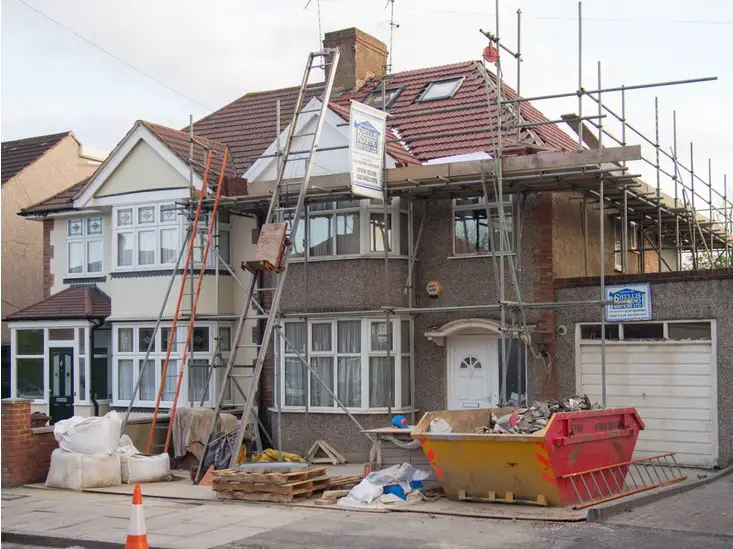Moody’s Analytics chief economist Mark Zandi says we have officially entered a housing correction.
New data for April and May show a softening of the US housing market. New home sales fell to their lowest level since April of 2020, dropping 19%. Over the last month, 19% of home listings dropped their prices according to Redfin. Mortgage applications are dropping, as home sales also fall, and inventory is rising commensurately.
Some analysts see rising mortgage costs and the rise in interest rates as cooling the market. Given the Fed appears likely to continue a policy of monetary tightening, this may not be a seasonal or temporary softening.
Mark Zandi says, “The housing market has peaked…everything points to a rolling over of the housing market. In terms of home sales, they’re falling sharply. Housing demand is coming down fast. Home price growth [will] go flat here pretty quickly; we will see [home] price declines in a significant number of markets.”
By “correction,” Zandi points out he merely means the end of the housing boom and a sporadic fall of home prices in specific regions. He predicts 0% price growth over the next 12 months. That would be the worst 12 month period of price growth since 2012.
Part of this is purposeful. Tasked with lowering inflation, the Fed targeted mortgage rates specifically to cool the housing market, in the hopes of attacking overall price growth. In addition to reducing sale prices, the Fed also wants to slow construction, which this year hit its highest level since 2006. This has driven up the prices of everything from lumber to furnishings. This could impact companies which supply the construction industry that have thus far weathered the market turmoil that has afflicted retail, such as Home Depot.
Zandi says the Fed is producing a trend which cannot be fought, as if the housing market and construction pick back up, the Fed will merely continue to raise rates even higher. So far the average 30 year fixed mortgage rate has risen from 3.11% to 5.1%.
Zandi says he does not see a 2008 style housing bust or foreclosure crisis, due to there not being the credit issues or widespread subprime mortgage problems which were associated with the 2008 banking crisis. In addition, he says if there were to suddenly be a collapse in prices, the Fed could simply lower mortgage rates.
96% of the nations 392 largest housing markets have homes that are overvalued compared to what local incomes can afford, according to Moody’s proprietary analysis of U.S. housing markets. 149 of those markets are overvalued by 25% or more. In a market like Boise, home prices are 73% above what Moody’s says the local economy can support.
Zandi says Boise and Phoenix, as well as numerous markets throughout the Mountain West, Southwest, old South, Carolinas, Florida, and Texas are are at the highest risk of falling home prices in the next 12 months.
Overall, Zandi expects inflation to grow faster than home prices over the next twelve months for most of the nation.
“Inflation will still be positive. If inflation is at 8% and home prices go nowhere, then home prices decline 8% in real terms,” Zandi says.


